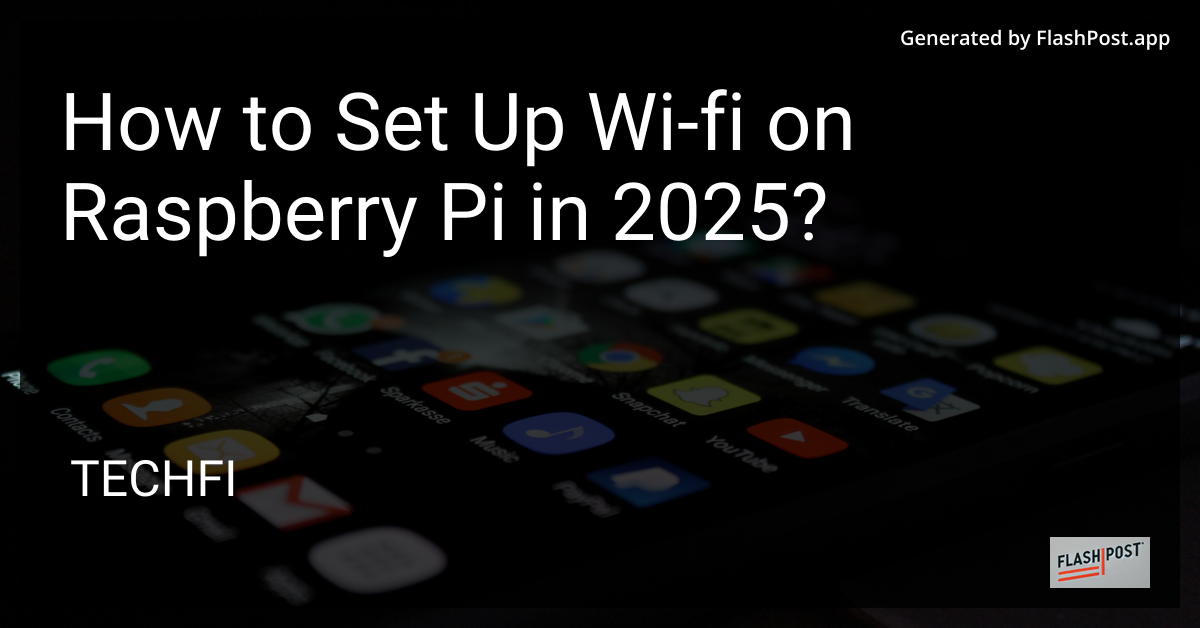Are Alo Yoga Leggings Squat-proof in 2025?

Best Alo Yoga Leggings to Buy in 2025
| Product | Features | Price |
|---|---|---|
 CRZ YOGA Butterluxe High Waisted Lounge Legging 25” – Buttery Soft Workout Yoga Pants for Women Black Medium |
– Luxurious Butterluxe fabric offers unmatched softness and stretch. – High rise, 25-inch fit ensures coverage and comfort for all activities. – Seamless waistband for a sleek look that’s squat-proof and secure. |
Order Today  |
 Alo Yoga Women's 7/8 High-Waist Airlift Leggings, Espresso, Brown, L |
– Ultra-lightweight, super-stretch fabric for ultimate comfort. – Flatlock stitching ensures durability during intense workouts. – Moisture-wicking design keeps you dry and focused in any activity. |
Order Today  |
 CRZ YOGA Womens Butterluxe Workout Leggings 25 Inches – High Waisted Gym Yoga Pants with Pockets Buttery Soft Black Large |
– Luxurious Butterluxe fabric: Ultra soft & stretchy for ultimate comfort. – High-rise design with tummy control: Seamless fit without digging in. – Convenient side pockets: Store keys and cards safely during workouts. |
Order Today  |
 CRZ YOGA Womens Butterlift High Waisted Workout Leggings 25” – Pilates Gym Athletic Yoga Pants Buttery Soft Black Medium |
– Buttery Soft Butterlift fabric offers comfort and compression. – High-rise, 25-inch design provides flattering fit above the ankle. – Seamless waistband ensures support and squat-proof performance. |
Order Today  |
 ALO High-Waist Vapor Leggings White Camo LG 32 |
– Comfortable, form-fitting design for all-day wear. – Versatile for running, yoga, and casual outings. – Breathable fabric blend for ultimate flexibility and comfort. |
Order Today  |
In the ever-evolving world of activewear, keeping up with the latest trends in quality and performance is crucial. Alo Yoga, a leading brand in the activewear sector, has consistently been at the forefront of innovation and style. For fitness enthusiasts and yogis alike, one pressing question remains in 2025: Are Alo Yoga leggings truly squat-proof?
Understanding “Squat-Proof”
Before diving into the specifics about Alo Yoga leggings, it is essential to understand what “squat-proof” means. Squat-proof leggings are those that maintain opacity and do not become see-through, even when stretched during deep squats or other intense exercises. This quality ensures comfort and confidence during workouts, especially in a public gym or yoga class setting.
Overview of Alo Yoga Leggings
Alo Yoga has built a reputation for producing high-quality, stylish leggings designed for both fashion and function. The brand prioritizes durable construction and uses innovative fabric technology to ensure their leggings offer comfort, flexibility, and support.
Fabric Technology
By 2025, Alo Yoga incorporates advanced fabric technology in their leggings. These materials ensure breathability, moisture-wicking, and a perfect fit. The inclusion of four-way stretch fabric allows for maximum flexibility and range of motion, crucial for various yoga poses and exercises.
User Reviews and Feedback
Feedback from users in 2025 confirms that the leggings remain reliably squat-proof. Many fitness enthusiasts praise the leggings' ability to maintain opacity during high-intensity workouts, reflecting Alo Yoga's commitment to quality and performance.
How Do Alo Yoga Leggings Compare?
In the competitive landscape of activewear, how do Alo Yoga leggings compare to other brands? According to experts, their leggings not only stand out in terms of style but also in functionality. The consistent user satisfaction and the brand's dedication to improving fabric technology mean that, in 2025, Alo Yoga leggings rank highly among their competitors.
Comparing with Other Brands
Compared to other popular activewear brands, Alo Yoga maintains a competitive edge by focusing on essential aspects like durability and squat-proof capabilities. This puts them on par or even ahead of other big names in the industry.
Conclusion
For those wondering if Alo Yoga leggings are squat-proof in 2025, the answer is a resounding yes. Alo Yoga continues to meet and exceed expectations by integrating advanced fabric technologies and prioritizing consumer feedback in their design process. Whether you're planning to practice yoga at home or pushing your limits with intense workouts, these leggings provide the confidence and coverage you need.
For more information on improving your yoga experience in 2025, check out these useful links: – Explore the best yoga props 2025 for enhanced practice. – Discover if longline yoga bras offer better coverage than standard bras.
Alo Yoga continues to prove its prowess in the athleisure market, ensuring their leggings remain a staple for fitness enthusiasts and fashion-conscious yogis alike.




















































